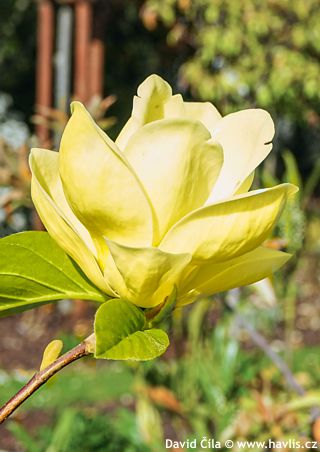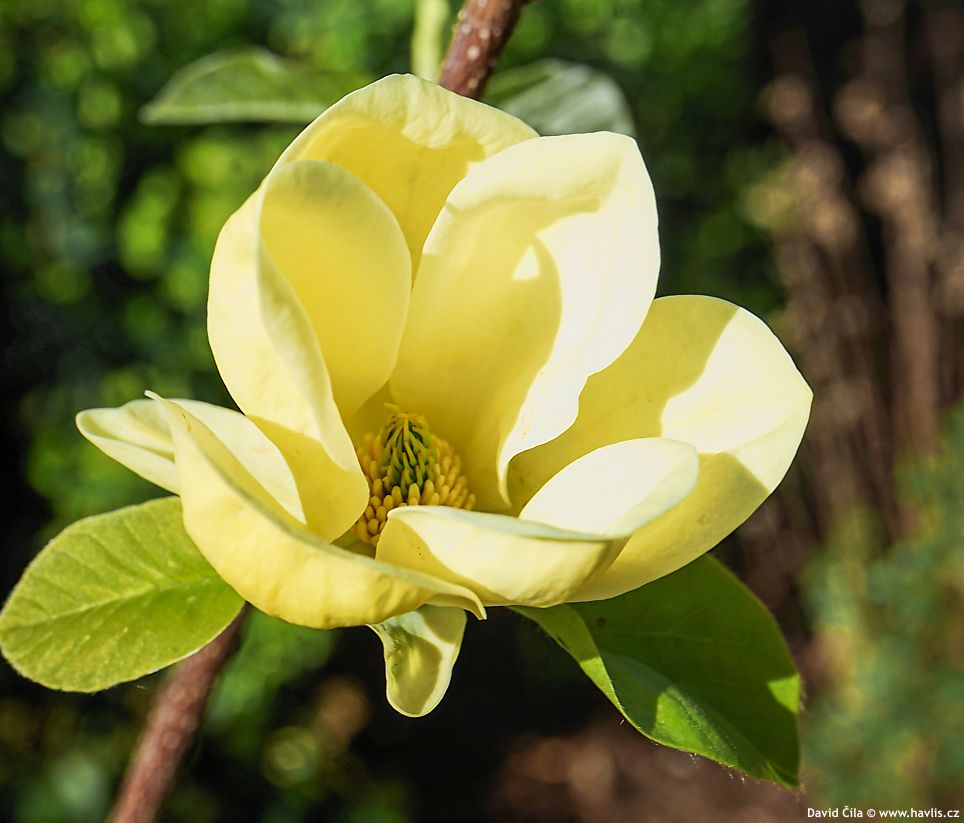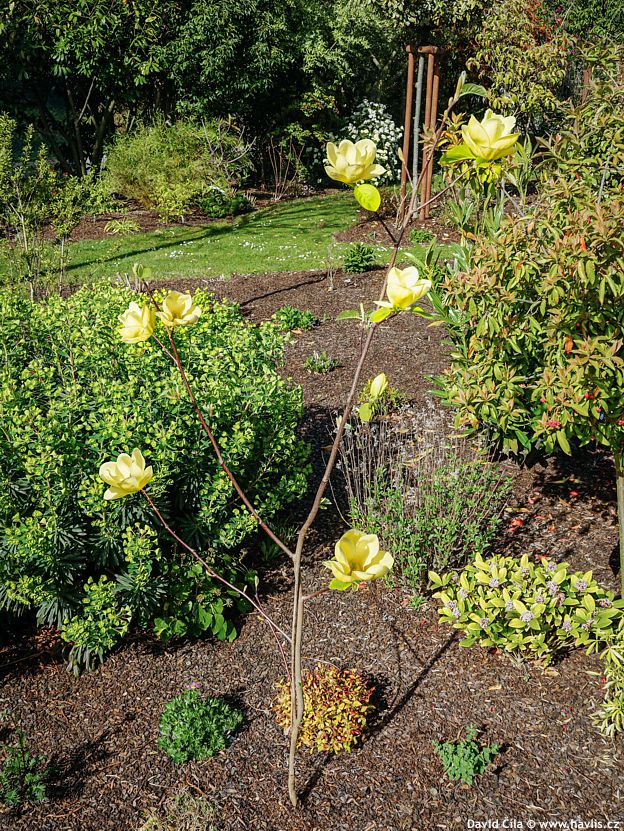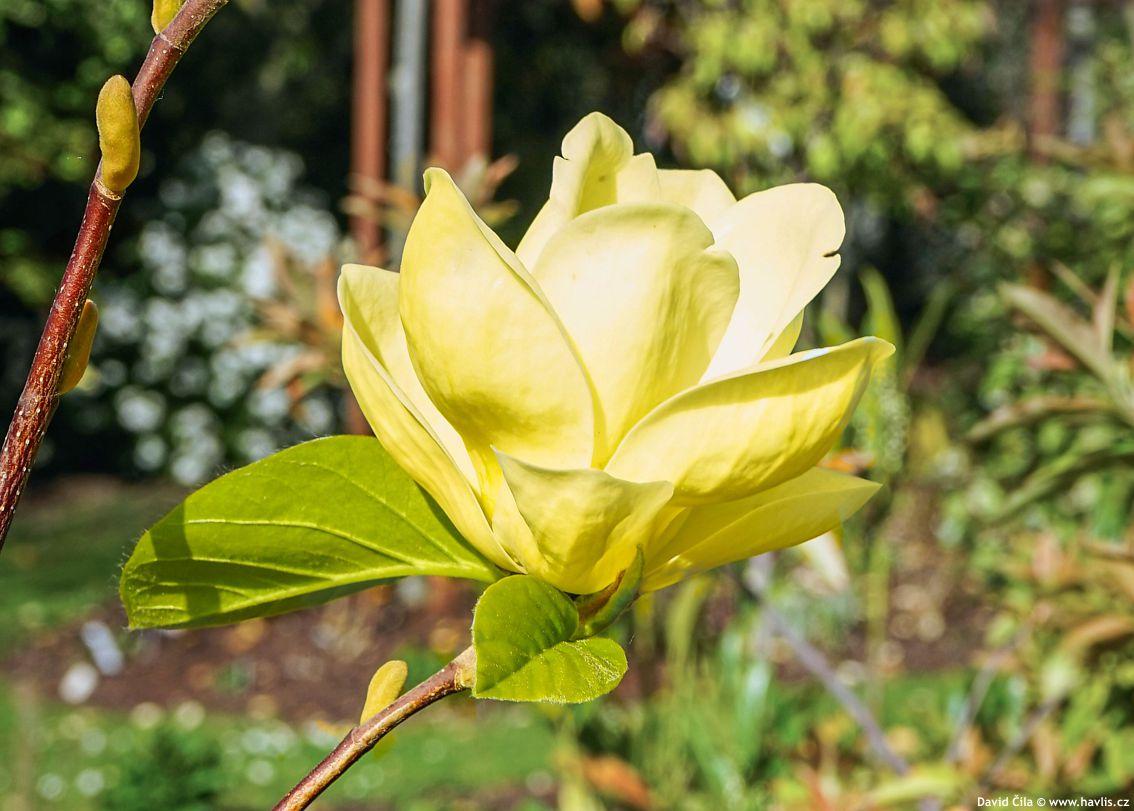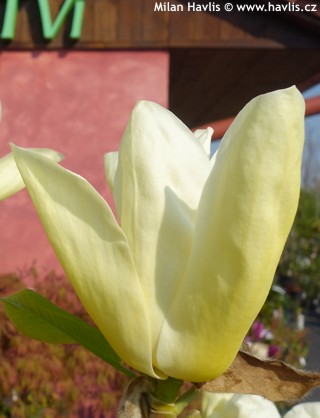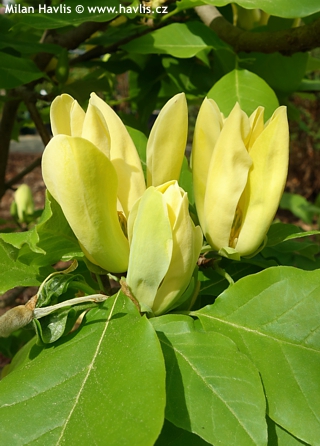Magnolia 'OLIVIA' magnolia


Magnolia
Few would imagine that a man, whom the entire horticultural community greatly respects as an experienced magnolia breeder, started with onions, garlic, and potatoes. His name was August Kehr (1914-2001), and he dedicated a significant part of his professional career exclusively to agriculture. It was only after moving to Maryland in 1958 that he added ornamental plants. He saved the best for retirement, starting at the age of 64, when many are finishing. He began breeding azaleas and rhododendrons, which did not become particularly famous in Europe, but primarily magnolias, of which he managed to hybridize over 30 varieties that toured the world like rockstars. Among his most remarkable pieces, familiar also in Europe, are Daphne, Daybreak, March Till Frost, and Sunsation. Throughout his life, he was beloved as an intelligent, kind, and generous person who loved to talk about his passion. It must have broken his heart when, in his advanced age, he had to move from a house with an 8-acre garden to an apartment, where – to soothe his longing – he continued to work with magnolias, but this time only in ceramics.In the registry of recognized varieties, we managed to track down the following ones with his verified authorship: Angel Mist, Anilou, Banana Split, Butterbowl, Colossus, Encore, Eskimo, Gold Crown, Golden Endeavor, Golden Girl, Green Bee, Green Snow, Harold Epstein, Hohman, Honey Beth, Honey Flower, Honey Liz, Hot Flash, Laser, Lemon Star, Mystery, Octopus, Olivia, Pastel Beauty, Pink Perfection, Powder Puff, Pride of Norway, Serenade, Sleeping Beauty, Southern Belle, Sun Ray, Sun Spire, Sun Sprite, Sunburst, Sundance a Two Stones. Many of his creations were subject to further selections made by other breeders. Therefore, when reading about their introduction to the market you may encounter different names of those who only selected individual specimens among many results of Kehr's trials and gave them names. Even we were often puzzled by this practice until we got to the truth 😊.
Magnolias are not supposed to be pruned. You can prune old shrubs if ill, or trim them to shape or to reduce size, or make an elementary cut to young plants of unsightly or unhealthy appearance. Do this as soon as possible after flowering to secure setting of flower buds for the following year. Be aware that each magnolia can respond differently to pruning.
Deciduous magnolias are quite easy plants. All they need is light, well-drained, acidic soil with equal moisture throughout the year. Once established they can do with occasional drought but will not look as nice as the ones with regular watering. Just pay attention to how you plant your magnolia. First, find it a spot where it will live forever and ever. It does not like transplanting. And as it makes shallow roots reaching well over its spread, stay away from disturbing the roots by digging or messing about around it. Just cover the soil with bark mulch and do not plant anything else near it after say the second year after planting onwards. You could damage the important top roots that absorb maximum moisture and nutrients from the soil. Also avoid planting magnolia too deep. Thus, you could be digging it a grave. Hardy to abt. -29 °C (USDA zone 5).
Last update 10-01-2025
Goods are shipped all over Europe. For Russia and U.K. and for further details please read about SHIPPING OPTIONS HERE.
Are you interested in a serious discount for orders NOV-FEB? Check your options here.
THE PRICES INCLUDE VAT of 15%. For quick conversion you can use 1 CZK = approx. 0.04 EUR
- STANDARD QUALITY - Plants of this group are 1st class quality with number of branches and overall density adequate to their size and age, considering they were container grown.
- DE LUXE QUALITY - This label guarantees a luxurious quality of manually selected plants that, compared to their height and age, are exceptionally dense and beautiful.
- EXTRA - These plants are usually mature and bigger specimens with exceptional overall appearance.
- STANDARD (as described in the plant form) means a tree with a trunk of 190-210 cm and a crown at the top, unless specified differently. The commercial size for trees is their girth measured in the height of 1m from ground.
- HOBBY - These plants are of the same quality as our standard-quality plants but younger and therefore cheaper.
- SHRUB - a woody plant with branches growing bushy from the ground level.
- HALF-STANDARD or MINI-STANDARD - a small tree with shorter trunk, its size is usually specified.
- FEATHERED - These are trees with branches growing already from the base of the trunk and up along the stem.
- GRASSES and PERENNIALS - Sizes given usually read the diameter of the pot or the clump, as specified.












